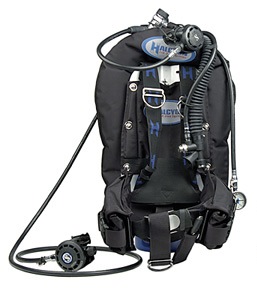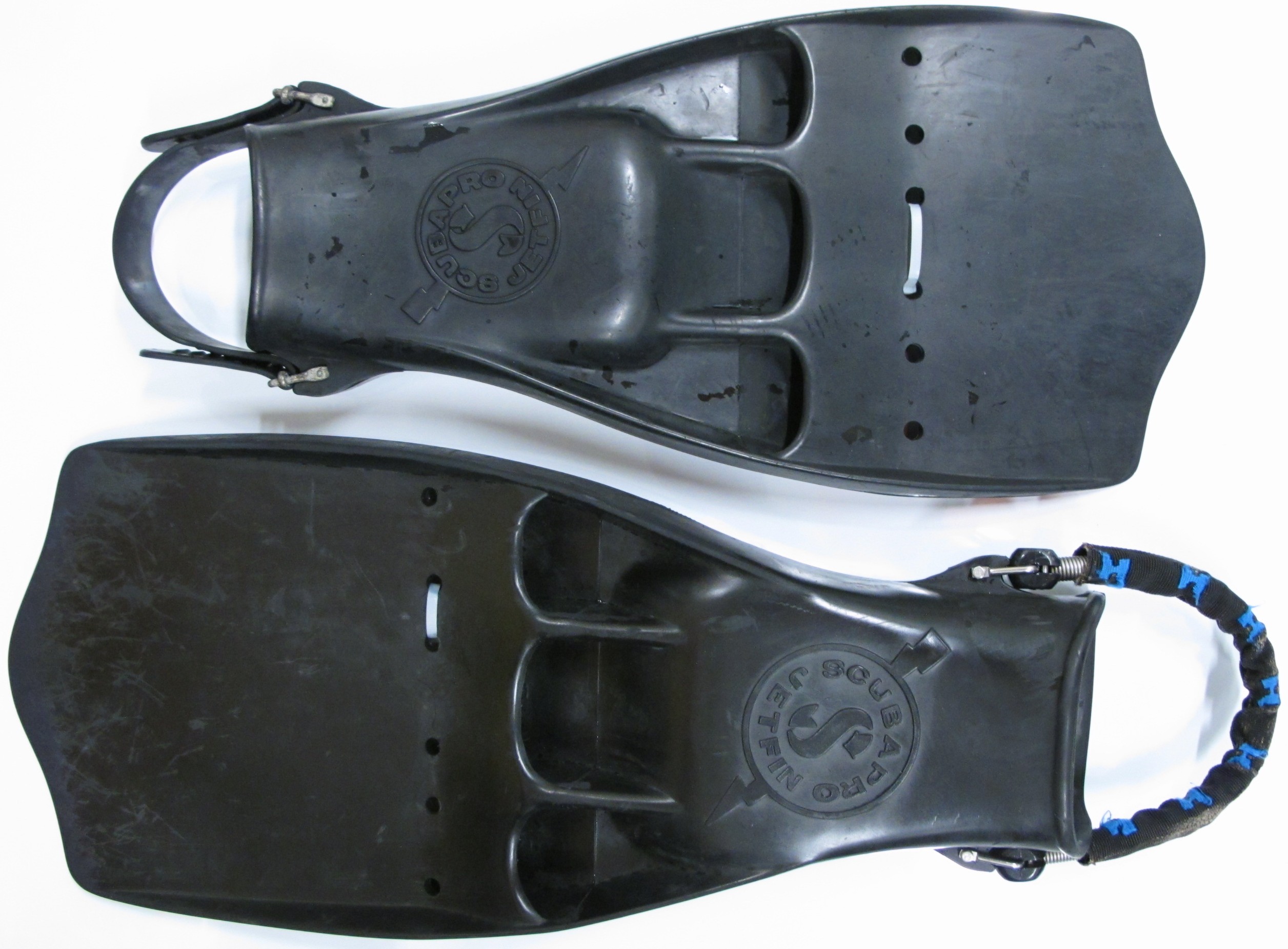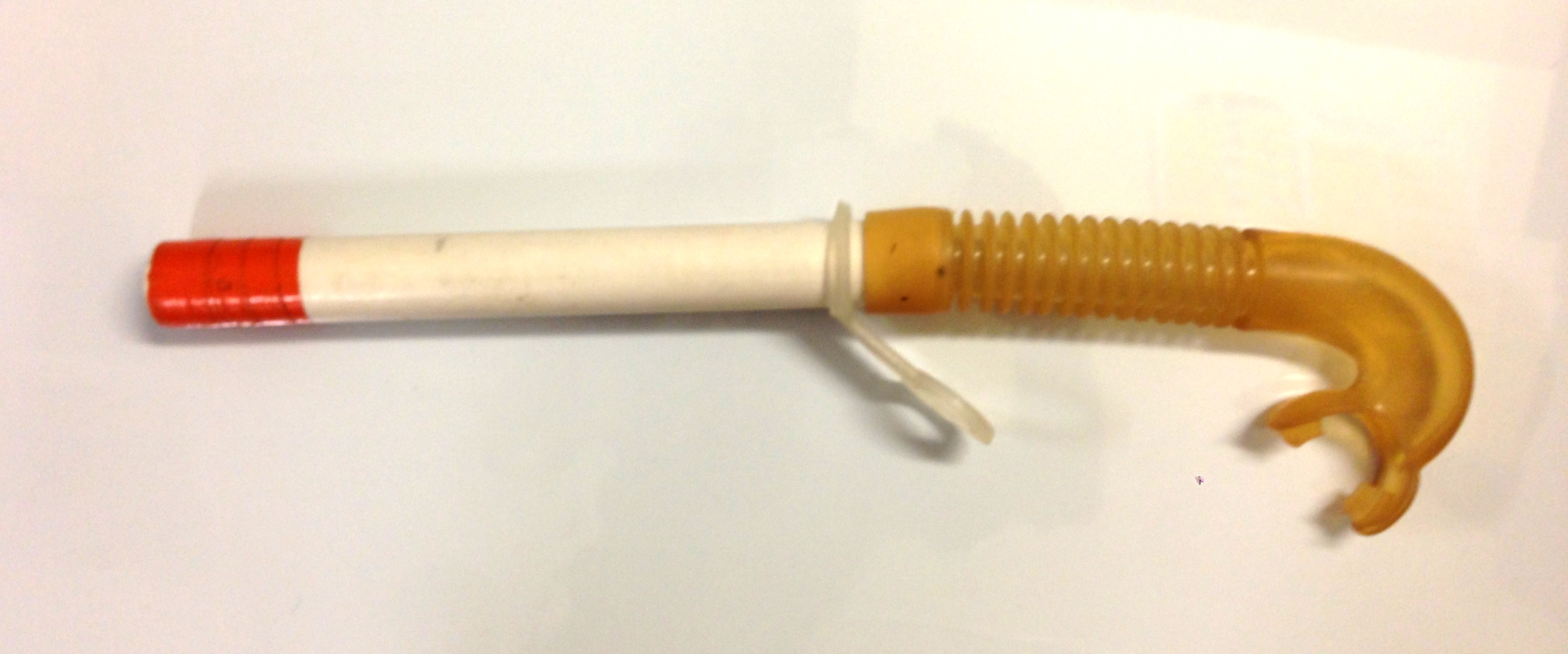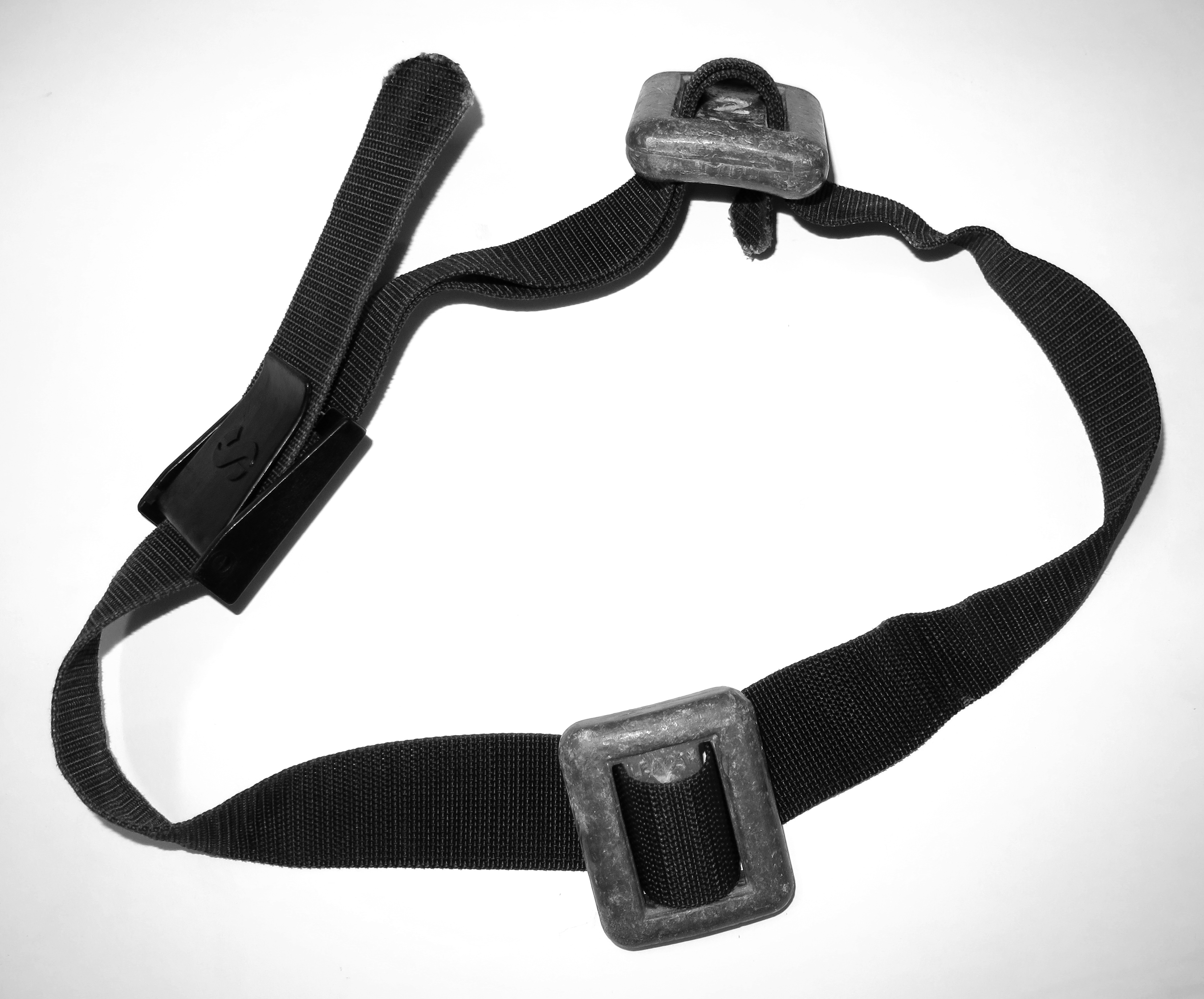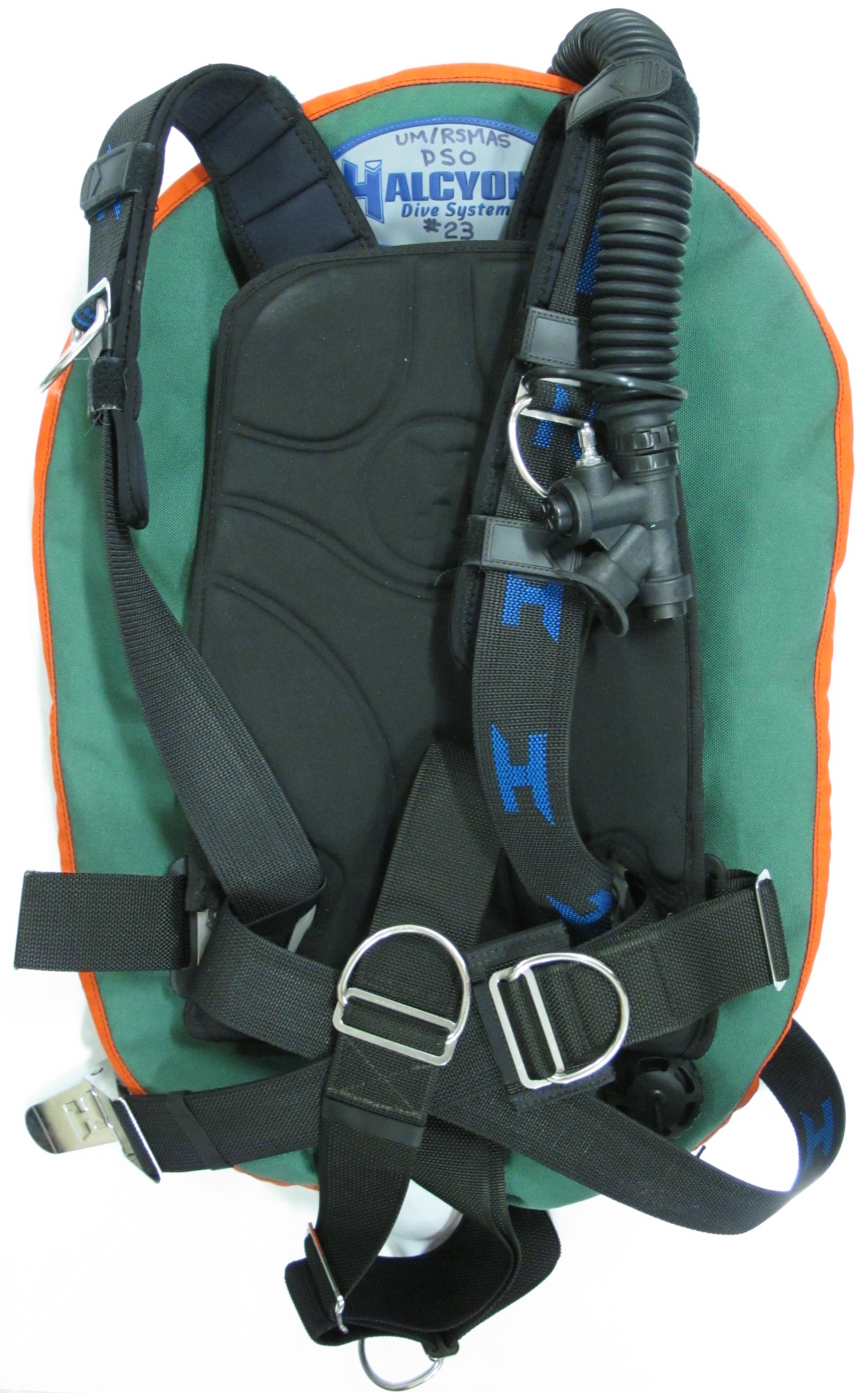We recommend a specific set of gear for University of Miami divers. Your training at UM will include a detailed look at equipment including a discussion about what gear is out there and what works best (and why). If you’re eager to see an overview of the equipment you’ll need, read below for some suggestions to help you prepare for your class or work at UM. Before purchasing any gear, we very strongly recommend first talking to us in the dive office because we can help point you in the direction of what’s appropriate for science diving at UM more than a dive shop salesperson can.



